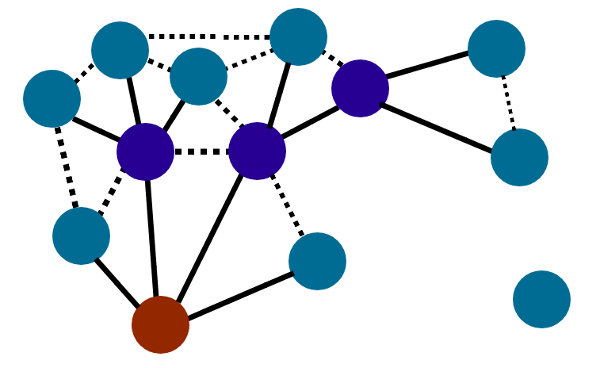A Tasting Menu of Mathematical Models
What Can They Do and How They Might Help in Your Research

Dates:
11:45 a.m. – 3 p.m. Tuesday, October 16, 2018 (includes lunch)*
11:45 a.m. – 3 p.m. Monday October 22, 2018 (includes lunch)*
Location: Hallam Auditorium (Room 206) at NIMBioS, in Claxton Building, 1122 Volunteer Blvd.
Have you ever been curious whether mathematical models might be useful in your research, but weren't sure how to begin? We invited graduate students, post-docs and faculty to join us for "A Tasting Menu of Models" at NIMBioS. The afternoon included a presentation about what types of models there are and what they can do for you, a question and answer session about how modeling might fit into your grant proposals, research, and teaching, and some collaborative break-out sessions to talk about areas of research where modeling doesn't yet play a big role, but maybe could.
Models have been useful in diverse fields, ranging from education to political science to public health to psychology to chemistry to engineering and even into the arts. Mathematical models can increase impact and generality of empirical research results from specific systems, help generate novel hypotheses, and help reduce empirical burdens for testing complex interactions. Researchers from many fields joined us for an afternoon to learn how models could help them!
The event was free, but registration was required.
Hosted by the new Mathematical Modeling Consulting Center (MMCC) at NIMBioS
For more information or to schedule a meeting to talk to the modeling center about a project, contact MMCC Director Nina Fefferman at nina.h.fefferman@gmail.com.
NIMBioS
1122 Volunteer Blvd., Suite 106
University of Tennessee
Knoxville,
TN 37996-3410
PH: (865) 974-9334
FAX: (865) 974-9461
Contact NIMBioS


